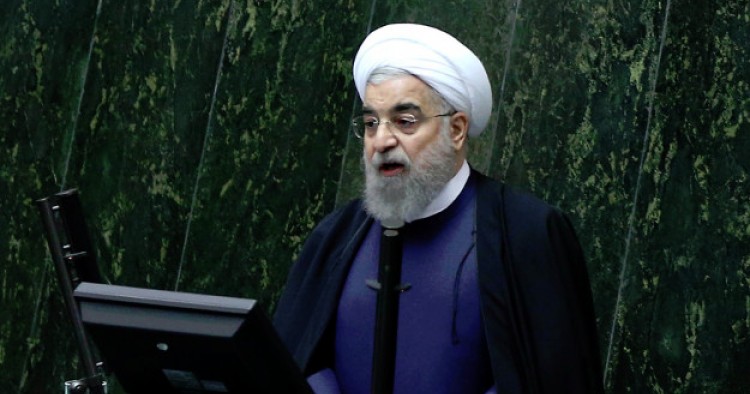According to numbers released by the Imam Khomeini Relief Foundation, a semi-official state agency that provides aid to the poor, an estimated 11 million Iranians live below the poverty line in the country.
Comment: Both poverty numbers and income disparity have sharply increased over the course of the last decade. Since coming to power in 2013, President Hassan Rouhani has repeatedly pledged to tackle poverty in the country but high levels of unemployment and inflation rates have proven to be his toughest challenges to tackle. Back in 2014, Rouhani said there is "no evil greater and worse than unemployment and poverty" in the society. Instead, one of the earliest decisions of his government was to overhaul the cash subsidy program that his predecessor, Mahmoud Ahmadinejad had launched. Under that initiative, the government was to give every Iranian citizen 455,000 rials (about $12) on a monthly basis in return for the elimination of food and energy subsidies. Elsewhere, his government made some seven million Iranians ineligible to receive cash handouts. In early January 2017, Minister of Cooperatives, Labor and Social Welfare Ali Rabiei said a notice of “discontinuance of cash subsidies will be sent to [further] three million Iranians by text message.” However, there is doubt if the latest change will be implemented before the May 2017 presidential elections as Rouhani seeks a second term.
The Middle East Institute (MEI) is an independent, non-partisan, non-for-profit, educational organization. It does not engage in advocacy and its scholars’ opinions are their own. MEI welcomes financial donations, but retains sole editorial control over its work and its publications reflect only the authors’ views. For a listing of MEI donors, please click here.













